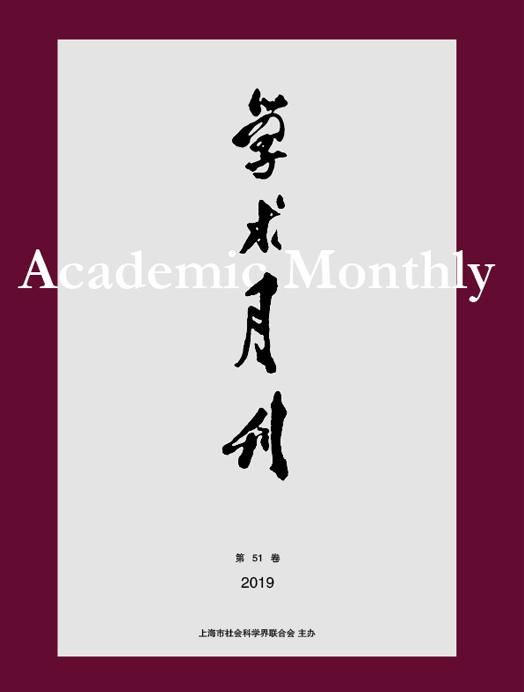The Eight Key Questions about Subsidies for Enterprises
- Available Online: 2022-06-20
Abstract: Subsidies given to enterprises by the government are one of the most important tools for the government to implement industrial policy. However, whether government subsidies can improve the efficiency of enterprises has been a controversial theoretical and policy issue. Based on data on various types of subsidies for A-share listed companies in China from 2003 to 2020, this paper provides a comprehensive examination of the stylized facts, influencing factors and effects of government subsidies. The main findings of this paper are: (1) The vast majority of listed companies received government subsidies and the total amount of subsidies is growing. Total government subsidies in 2019 were approximately 0.44%-1.15% of GDP in that year. (2) Contrary to “common sense”, there is significant size discrimination in government subsidies to firms, but not significant ownership discrimination. (3) Government subsidies increase R&D and reduce the tax burden of private firms, but have no significant effect on SOEs. Categorically, tax, R&D and talent subsidies are generally effective, while industrial upgrading subsidies produce negative results. In the long run, the effect of government subsidies on firms’ financial performance is insignificant, but may be beneficial in promoting R&D. (4) Fiscal subsidies have better short-term effects than tax incentives, while the latter have better long-term effects. The findings of this paper have important implications for the tax reduction and industrial policy.




 沪公网安备 31010102003103号
沪公网安备 31010102003103号 DownLoad:
DownLoad:
